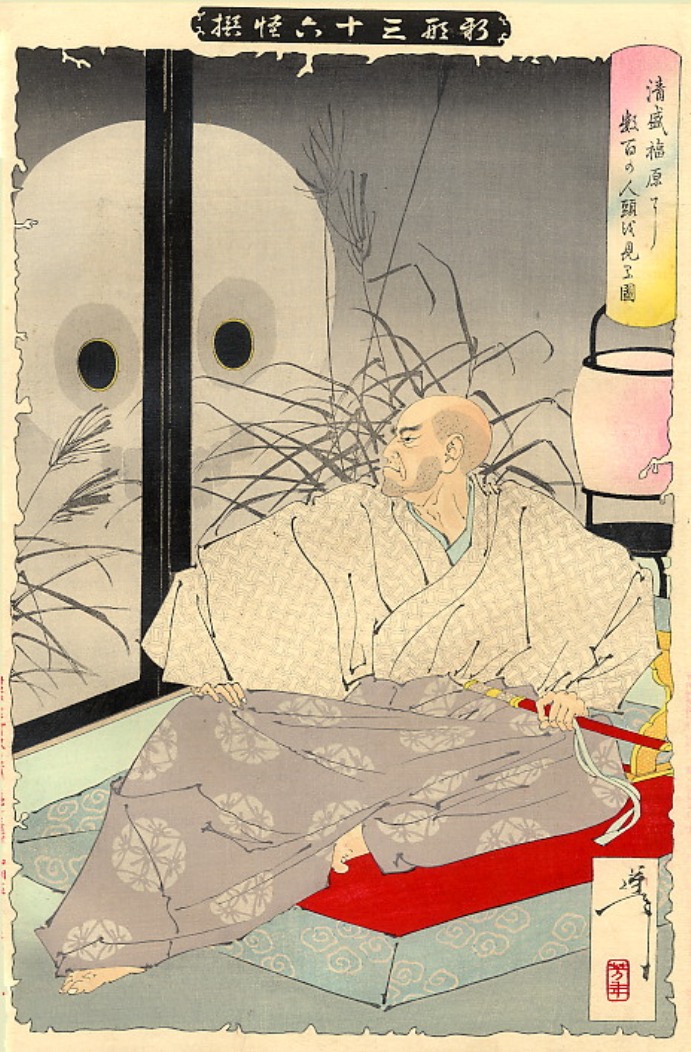Ero guro

Ero guro
Ero guro, a distinctive Japanese art movement, emerged in the Taishō (1912-1926) and early Shōwa periods (1926-1989), epitomizing a fusion of eroticism, grotesqueness, and absurdity. This cultural phenomenon, predominantly manifesting in literature, popular magazines, cinema, and art criticism, was a response to the feelings of alienation and anxiety triggered by rapid modernization and societal changes in Japan.
The essence of Ero guro lies in its ability to push boundaries, merging eroticism with the macabre and the bizarre. This interwar period, brimming with decadence, particularly advanced literature and painting, showcasing a deviation from the norm through unsettling imagery laden with carnal desires and violence. The human form, often stretched to its limits, frequently coexisted with animals or fantastical, monstrous entities. Ero guro found a significant platform in Garo, a prominent magazine from 1964 to 2002, which featured works from renowned mangakas like Kazuichi Hanawa, Toshio Saeki, and Shintaro Kago.
Prominent figures in the Ero guro landscape include Shintaro Kago, known for his revolutionary, extravagant, and surreal style, often imbued with a touch of humor and depth. His works frequently depict military themes, dismemberment, and the influence of technology on life. Hideshi Hino, another notable contributor, reflects post-war traumas in his work, standing as a master of Japanese horror. Toshio Saeki, often referred to as the "godfather of Japanese erotica," drew from traditional erotic and mythological paintings, showcasing his works in galleries across London, Paris, and San Francisco.
Ero guro has also influenced music, with bands like Cali Gari incorporating its themes, and the 2014 album "You're Dead!" by Flying Lotus featuring artwork by Shintaro Kago.
For collectors and experts in art and antiques, Ero guro offers a unique perspective on the complexities of human nature and societal norms. It invites exploration into the depths of human psychology, manifested through the lens of Japanese culture and history.
To stay updated on the latest in Ero guro art sales and auction events, sign up for our newsletter. We provide exclusive alerts on new product sales and events, ensuring that enthusiasts and collectors don't miss out on any opportunities to add to their collections.
| Country: | Asia, Japan |
|---|---|
| Start of the period: | 1920 |